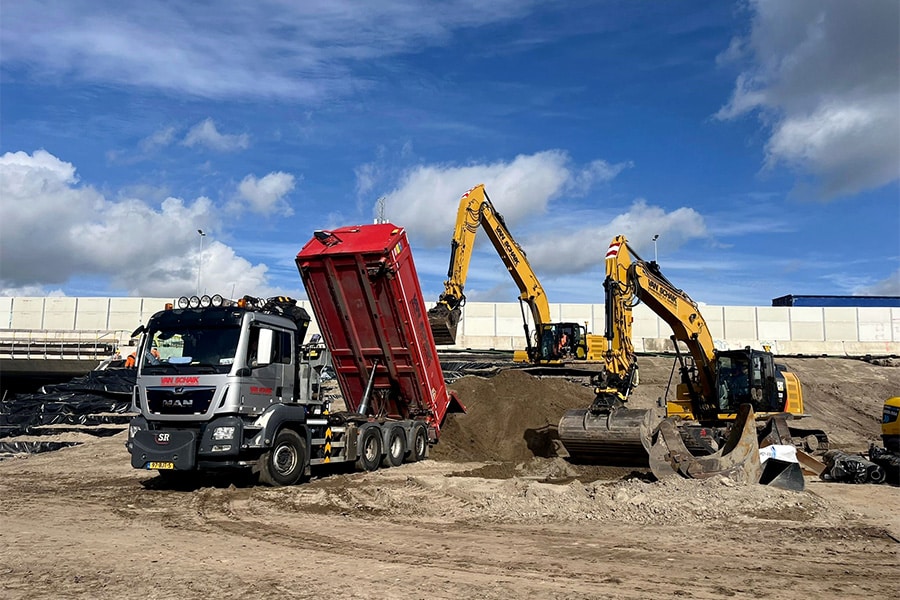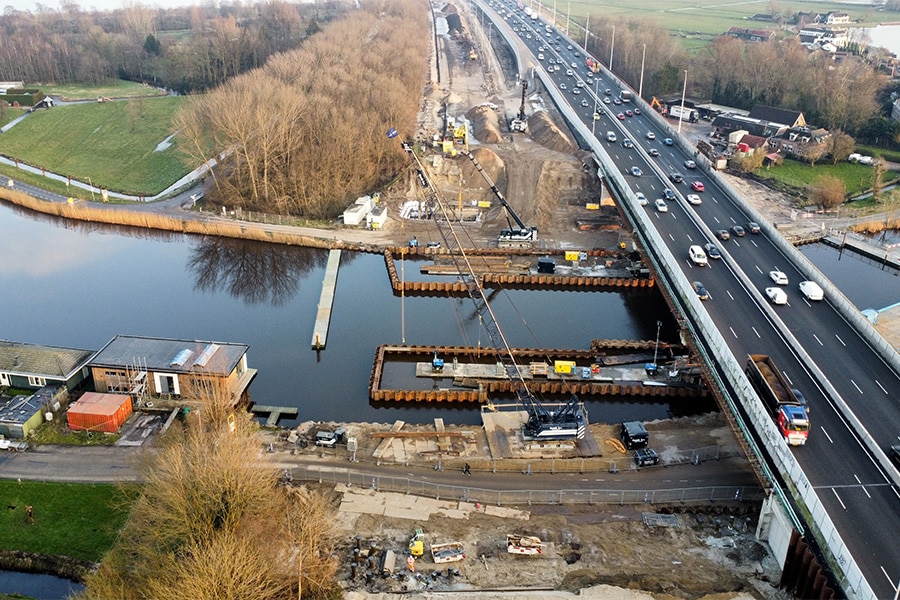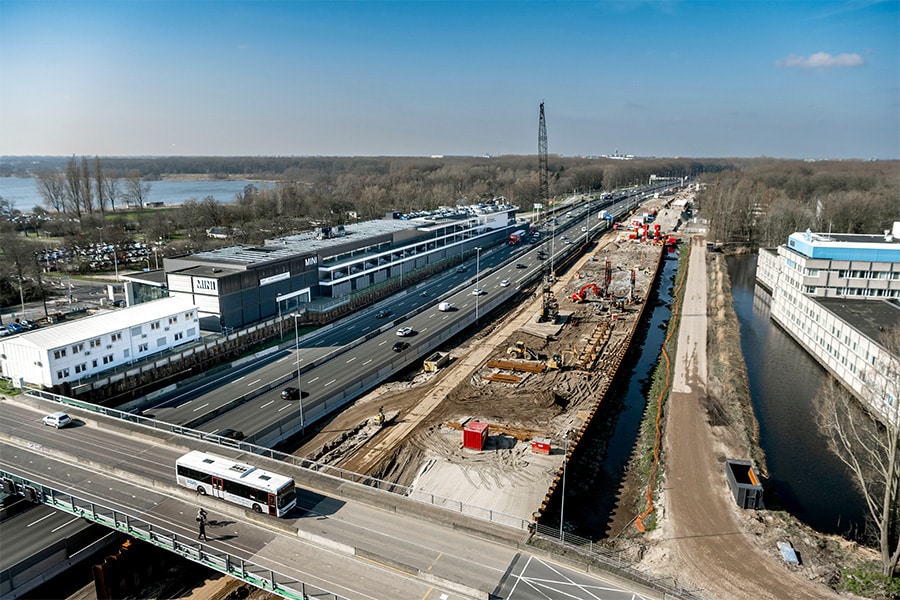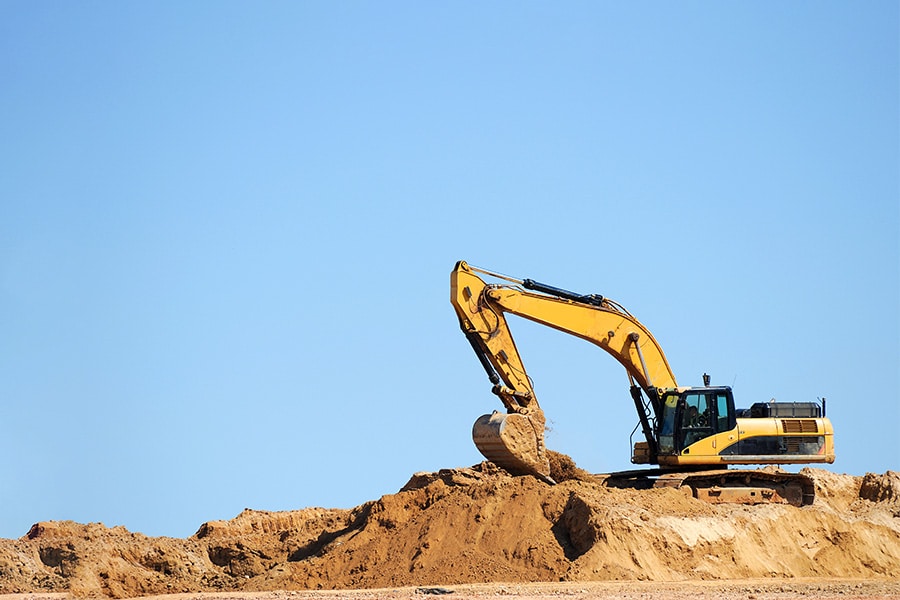
Luuk Faassen did Master Civil Engineering in Delft
You don't have to tell Luuk Faassen (25 years old) anything more about the importance of concrete. With a Master's degree in Civil Engineering, with a specialization in Structural Engineering and Concrete Structures, Luuk is ready to conquer the GWW sector. He has already landed a job. Not surprising, because there is a great need for people like Luuk. We talk to him about the choices that led to where he is today.
This is how valuable an inspired teacher can be
"At HAVO I had a broad profile, just because I didn't yet know what I wanted to do later," Luuk opens the conversation. "I had already looked at all kinds of things, until I came into contact with teacher Thomas Beuker at an information day at the HAN. The man spoke so incredibly motivating and passionate about civil engineering that I was completely gripped. That was literally the trigger for me to choose that direction!"
Four-year course and then Delft
The training program at HAN lasted four years, with Luuk choosing the specialization subjects in constructions in the third year. "I really enjoyed that. Subjects like steel structures, concrete structures and mechanics. I chose to do a minor in 'Creative Construction.' Then it was TU Delft's turn, where I did a premaster, necessary to go from HBO Bachelor to WO Master. That meant a lot of brushing up on math and mechanics. I really deepened my knowledge then."
At Delft, he chose Structural Engineering, with a specialization in Concrete Structures. "Structural Engineering you choose before your bridge program," Luuk explains. "Concrete Structures you choose before you start the Master."
Why concrete?
When asked why Luuk chose concrete, the answer is: "Concrete is and remains a sustainable material. During my internship at ABT from the HAN, I enjoyed calculating concrete in projects. I was allowed to work with carbon line reinforcement, a beautiful, compact fitting solution. At ABT, I noticed how important concrete is. I wanted to see it, understand it, calculate it and come up with solutions," Luuk said. "When I look to the future, the trick will be to find the balance in optimizing the durability of concrete and yet not getting in the way of building innovation."



